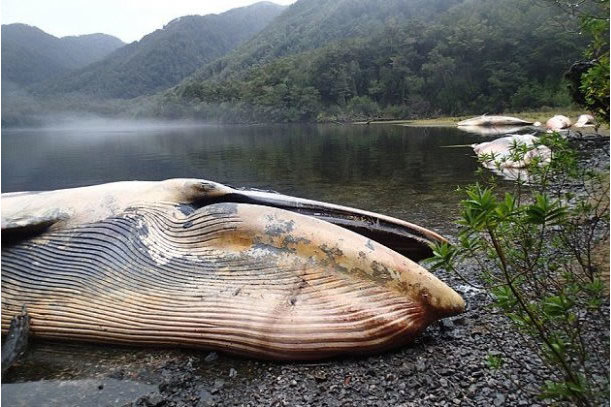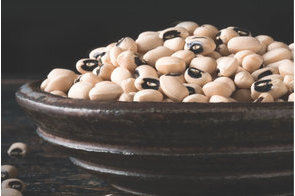Growing species of harmful algae pose threat to marine food chain, humans – UNESCO

Summary
Occurrence of HABs can lead to impaired seafood security and decreased water quality.
UNESCO has documented the increase of harmful algal blooms (HAB), microorganisms that cause direct and indirect negative impacts on aquatic ecosystems, coastal resources, and human health. The publication is said to be the first ever global compendium of HABs, which are responsible for the depletion of fish stocks, destruction of fish farms and bringing disease and death to sea animals as well as humans.
HABs are present in nearly all aquatic environments and they are naturally-occurring. The largest and most complex marine algae are called seaweeds, while the most complex freshwater forms are the Charophyta. Various forms of algae play significant roles in aquatic ecology, including providing the food base for some organisms in the marine food chain.
The rapid increase in the population of algae in freshwater or marine water systems (referred to as algal "blooms") leads to discoloration of the water. Research has shown that these blooms sometimes cause damage to the ecosystem through the disruption of the food web and the production of toxins that can enter the food web, leading to the illness or death of aquatic animals and/or human seafood consumers.
The UNESCO report, published on Wednesday, provides data on major harmful algal bloom incidents, for example, along the coasts of Florida in the United States – where data has been compiled since the mid-19th century – India and Oman. HABs incidents are on the increase in the Adriatic and Baltic seas. Data from the report identifies 174 algal and 100 toxin-producing species grouped in 24 chemically different classes responsible for 11 different human health conditions.
The increasing severity and frequency of HABs are traced to complex causes, but mostly attributed to climate change and human activities – such as overfishing, tourism and increased maritime traffic. UNESCO, known as the "intellectual" agency of the United Nations, said these activities alter conditions favouring the development of HABs through an overload of nutrients from human waste and chemical runoff. Occurrence of HABs can lead to impaired seafood security and decreased water quality.
The report also examines policies to contain these toxic marine organisms. While the publication says HABs cannot be eliminated, their negative impacts can be alleviated through coordinated research, monitoring, preventive policies and mitigation plans. In places where they have recorded a decrease in HABs, such as the Seto Inland Sea of Japan, policy decisions led to improvements in the treatment of waste waters and fish-farming technology. The Seto Inland Sea’s monitoring programme has been in place for 50 years.
The compendium is a joint publication of UNESCO’s Intergovernmental Oceanographic Commission and the International Society for the Study of Harmful Algae, and was sponsored by the Prince Albert II of Monaco Foundation alongside a number of regional, national and international organizations.
Related
-
IFPRI report examines current status of nutrition in Africa, advocates dietary reforms
The title of the report is, "Achieving a nutrition revolution for Africa: The road to healthier diets and optimal ...
-
-
Increasing market accessibility of bio-fortified foods in Nigeria
The micronutrient-enhanced crops are in Nigeria but unavailable to the people who need them most.







